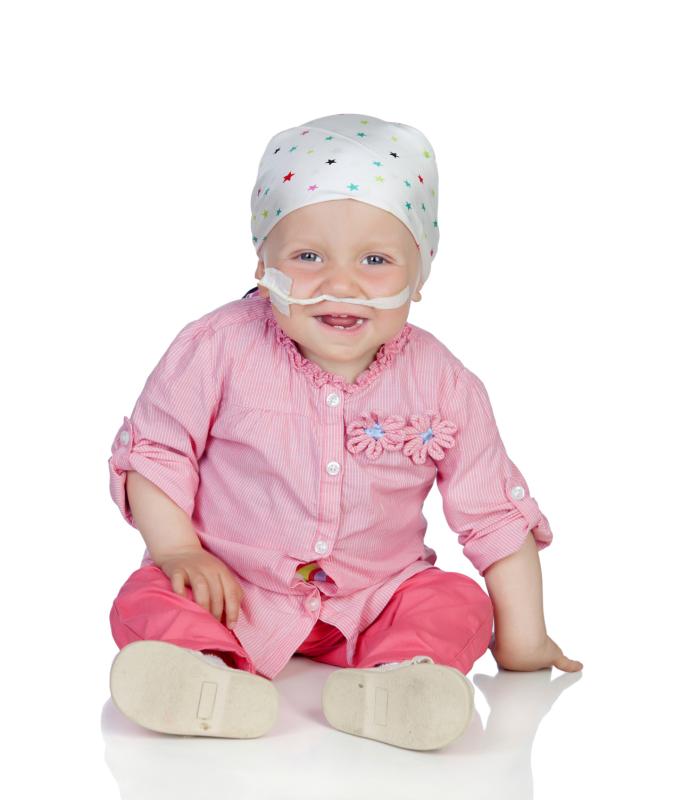
Dasatinib outperforms imatinib in the treatment of Philadelphia chromosome–positive acute lymphoblastic leukaemia (ALL) in children, providing superior control of central nervous system (CNS) leukaemia without increasing toxicity and while doing away with prophylactic cranial irradiation, according to the results of the phase III CCCGALL-2015* trial.
“We attribute the improved disease control achieved in the dasatinib group to the use of a higher drug dose (80 mg/m2) than typically specified by other protocols. This modification may overcome the relative drug resistance of some patients by increasing systemic drug exposure and perhaps eradicates leukaemia in the CNS by reaching a therapeutic level in the cerebrospinal fluid,” the investigators explained. [Clin Lymphoma Myeloma Leuk 2018;18:439-446; Blood Adv 2016;1:250-259; J Clin Oncol 2018;36:2306-2314; Blood 2017;130:98]
In the trial, 189 children (median age, 7.8 years; 72.0 percent male) were randomized to receive daily treatment with dasatinib 80 mg/m2 (n=92) or imatinib 300 mg/m2 (n=97) continuously for the entire duration of ALL therapy. Based on the minimal residual disease (MRD) level at the end of induction, 184 patients were classified as at intermediate risk and five at high risk. Median follow-up was 26.4 months.
At year 4, the corresponding event-free survival (EFS) and overall survival (OS) rates were 71.0 percent and 88.4 percent with dasatinib group, and 48.9 percent and 69.2 percent with imatinib. Compared with the latter, dasatinib was associated with significant improvements in 4-year EFS (hazard ratio [HR], 2.36, 95 percent confidence interval [CI], 1.27–4.40; p=0.007) and OS (HR, 2.26, 95 percent CI, 1.02–4.99; p=0.04). [JAMA Oncol 2020;6:358-366]
The 4-year cumulative risk of any relapse was lower in dasatinib vs imatinib arm (19.8 percent vs 34.4 percent; p=0.01), as was the 4-year cumulative risk of isolated CNS relapse (2.7 percent vs 8.4 percent; p=0.06).
Both treatments were well tolerated, with similar rates of commonly reported serious toxic effects. The most frequent adverse effects that occurred were infections and pancreatitis, and five fatal infections were documented in each treatment arm.
“Although we found that dasatinib treatment at a dosage of 80 mg/m2 per day allows the omission of prophylactic cranial irradiation, our results raise an important question about the role of allogeneic transplant in the treatment,” the investigators said.
“In our trial, one dasatinib- and three imatinib-treated patients received transplants for MRD of at least 1 percent at the end of induction [therapy], but only one remained alive in remission at 4 years from diagnosis,” they continued.
Further research is warranted to ascertain whether comprehensive genetic studies could be used to identify factors to improve risk stratification or whether the addition of other active nonchemotherapeutic agents (eg, blinatumomab) or the use of more potent tyrosine kinase inhibitors (TKI; eg, ponatinib) could eliminate the need for transplant, according to the investigators.
In an accompanying editorial, Dr Karen Rabin from the Texas Children’s Cancer Center described the outcome data from the CCCGALL-2015 trial as promising. [JAMA Oncol 2020;6:333-334]
“While the outlook for Philadelphia chromosome–positive ALL is undeniably improved compared with its dismal status in the pre-TKI era, survival remains poorer than for most other ALL subgroups, particularly among the highest-risk patients with Philadelphia chromosome–positive ALL,” Rabin wrote.
Questions relating to the optimal choice of TKI (both agent and dose), chemotherapy backbone, as well as the role of hematopoietic stem cell transplant, immunotherapies, and non-TKI targeted therapies in the management of Philadelphia chromosome–positive ALL remain unanswered and should be further explored in future studies, she added.
*The Chinese Children’s Cancer Group study ALL-2015